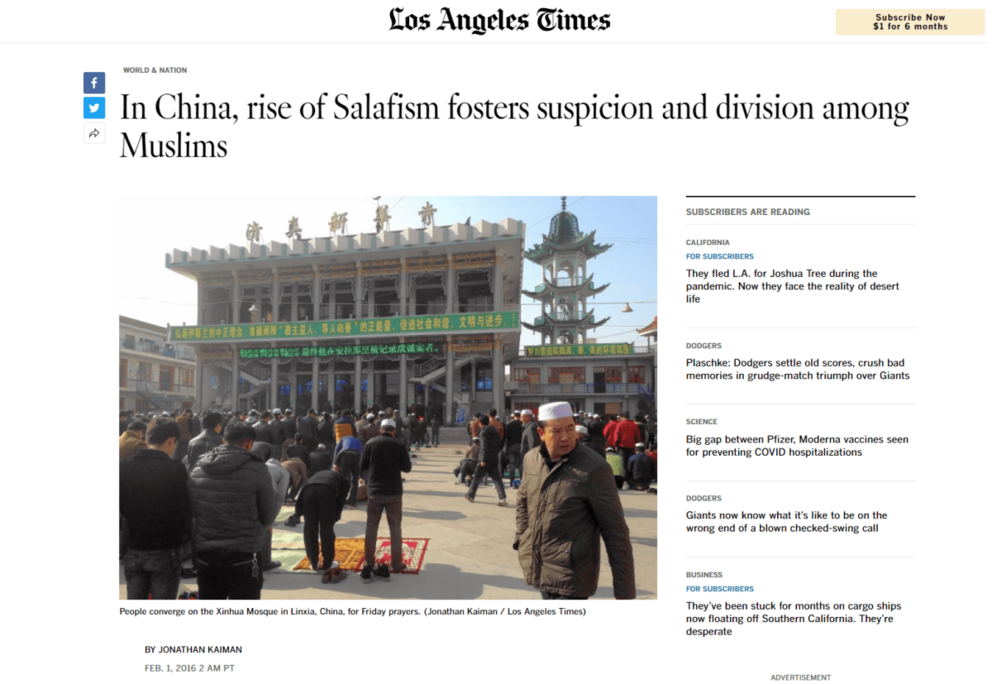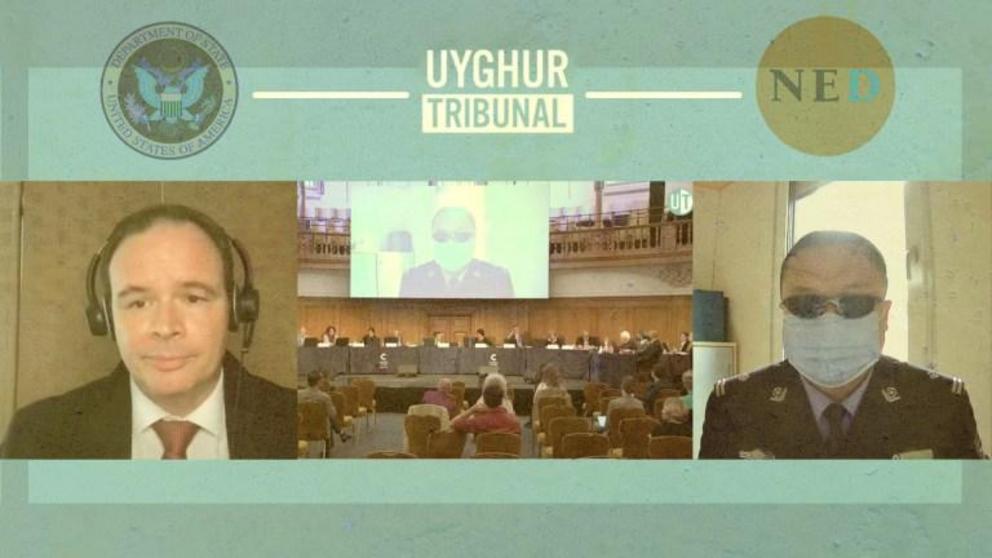Uighur genocide - propaganda or truth? Cracks in the narrative
Behind the ‘Uyghur Tribunal’, US govt-backed separatist theater to escalate conflict with China
US-backed activists and regime-change operatives convened the Uyghur Tribunal to ramp up conflict with China, but wound up exposing major inconsistencies in their narrative.
As the US government’s propaganda campaign against China drags on, a mock tribunal has become a central node for the dissemination of allegations of Uyghur genocide to Western media. But behind the carefully scripted horror stories conveyed to the public by an uncritical media are massive discrepancies, overt separatist sentiments, and huge sums of US government money.
This June, Uyghur separatists and Washington-funded operatives of the human rights industry organized a “Uyghur Tribunal” to build the case over 80 tedious hours of testimony that the Chinese government is guilty of the crime of genocide in its western Xinjiang province.
While the mock tribunal presented itself as “independent,” it was organized by a US government-funded separatist group that for years has played a key role in generating anti-China propaganda.
To help buttress the narratives spun out of the spectacle, major media organizations such as CNN have generated various sideshows featuring star witnesses from the tribunal. In the process, they have inadvertently exposed major inconsistencies in the witness testimonies, exposing the entire exercise as another Western information weapon deployed against a targeted nation.
US claims of “Chinese Genocide” in Xinjiang lay narrative foundation for Uyghur Tribunal
The US government claims that China is carrying out genocide against ethnic Uyghurs, many of whom are Muslim, in an effort to erase them culturally. This has provided the narrative basis for high-profile media spectacles like the Uyghur Tribunal.
No motivation or context is provided to explain why China’s government would be carrying out such putative abuses.
In reality, a campaign of terrorism in pursuit of separatism was unfolding in China’s Xinjiang region from the early 1990s onward. A violent extremist minority of Uyghurs had been radicalized by Wahhabi fundamentalism imported from Saudi Arabia, as the LA Times explained in 2016.

The resulting terrorism not only targeted aspects of the Chinese state, but also fellow Uyghurs who refused to adopt this imported extremist ideology.
While the Western media makes little to no mention of this extreme violence now, in order to depict security operations in Xinjiang as senselessly “repressive,” media organizations like the BBC were more than happy to report on the murder and mayhem as it unfolded, and to highlight Beijing’s apparent helplessness against it at the time.
A 2014 BBC article, titled “Why is there tension between China and the Uighurs?”, provided an extensive list illustrating the horrific nature of these attacks, from ethnic rioting that killed 200 in the regional capital of Urumqi in 2009 to an attempted aerial hijacking by Uyghur militants in 2012.
In April and June 2013, police opened fire on a separatist mob armed with knives in Xinjiang’s Shanshan county, which was attacking local government buildings, leading to 27 deaths.
This bloody incident was followed by mass casualty assaults by Uyghur separatists that killed more than 30 in Urumqui in May 2014, as well as bomb and knife attacks in local transportation hubs and mosques that left close to 150 dead that year.
Attacks by Uyghur separatists also killed 20 in downtown Bangkok in 2015, while thousands of others flooded into Al Qaeda-controlled areas of Syria to participate in the NATO-backed dirty war against Damascus, with explicit plans to take the fight back to China.
For the rest of this article please go to source link below.

